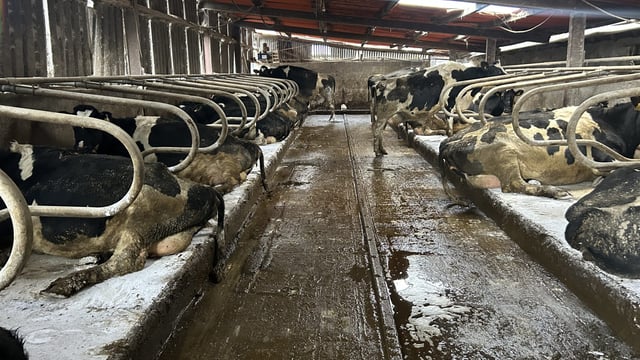Tillage: The prospects for spring beans in 2025
According to Teagasc, last year saw the area planted with spring beans reach a record 18,000ha. A number of factors drove this trend.
These included the fact that farmers had fewer crop options due to a late spring, and the guaranteed income from the protein payment made beans attractive.
Spring beans will always make sense within any tillage rotation, and this should be the case in 2025.
Beans make a perfect entry crop for winter wheat, and their nitrogen (N) fixing potential ticks every agronomic, economic and environmental perspective when it comes to growing crops on a sustainable basis.
With all tillage farmers having had ample opportunity to get winter cereals planted out at their leisure some weeks ago, this leaves the ‘ground clear’ to plant out beans as soon as weather conditions improve over the coming weeks.
But late planting leads to a late harvest. To ensure a successful bean crop in 2025, growers are advised to plant early, ideally in February or March.
Spring beans were the most profitable crop on many farms in 2024. With the protein payment available again, beans remain a strong option for this year’s 2025 growing season.
Teagasc experiments have shown that there is no significant yield difference between establishment methods but direct drill methods offer savings over the traditional plough/one pass system.
Growers should aim to establish 30 plants/m².
Maximising bean output and quality requires attention to detail across a number of crop management-related activities.
Growers should choose a high fertility site with medium/heavy soils. Planting should take place early-February and March.
April-planted crops can be successful but risks are higher. It is important that soil pH values exceed a value of 6.5.
All seed should be tested. Department of Agriculture, Food and the Marine (DAFM)-certified seed ensures ascochyta levels are less than 1% and that seed is free from stem nematode.
And, finally, growers should use a pre-emergence herbicide. Post emergence options are very limited.
Meanwhile, Teagasc is specifically highlighting the benefits of effective crop rotation within all tillage systems.
It is an approach to crop production that fundamentally addresses the challenge of sustainability in an extremely effective manner, and the growing of spring beans makes perfect sense in this context.
The effective use of rotation has been demonstrated as a way of minimising the impact of herbicide resistance within all weed populations.
Significantly, recent testing at Teagasc Oak Park has found herbicide resistance within weed populations, including blackgrass; Italian rye grass; annual meadow grass; wild oats; chickweed; speedwell; corn marigold; and poppies.





